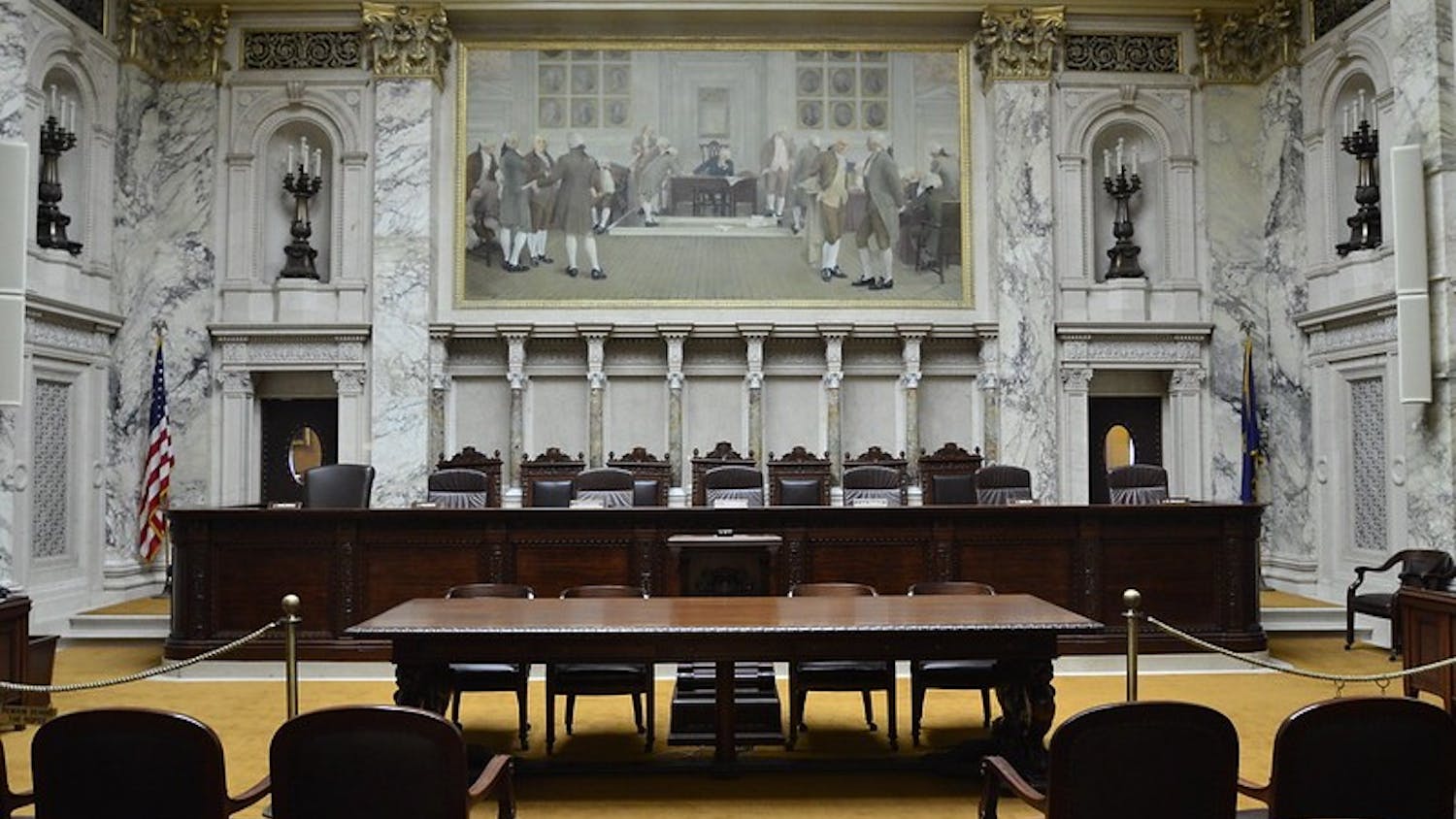In 1984, 22-year-old Jennifer Thompson was in her North Carolina home when she felt a knife at her throat.
\Shut up-I'll kill you,"" the assailant growled as he raped her in her darkened bedroom. Despite her terror, she forced her eyes open to desperately memorize his face, his voice, his body size.
Later that evening a second female was similarly raped.
Thompson described her attacker as a tall black man in his 20s. Soon police had a suspect in custody-22-year-old Ronald Cotton, who worked nearby. When Thompson identified Cotton in a police lineup, the officer said, ""Yeah, that's who we suspected.""
After Cotton was sentenced to life in prison, fellow inmate Bobby Poole bragged that Cotton had been convicted for Poole's crime. Cotton requested a re-trial in which both men appeared before the witnesses, but to Cotton's dismay, both victims again fingered him.
Years later, DNA tests were advanced enough to confirm Poole was indeed the assailant in both rapes, after Cotton had spent 11 years in prison. Thompson, when told Poole was her real attacker, said she could have sworn she'd never seen him before.
Our justice system is predicated on eyewitness testimony that juries frequently accept at face value. But cases such as Cotton's, and over 150 other wrongful convictions overturned by DNA evidence, call into question the accuracy of witness identifications.
People may think mistaken identifications don't occur anymore because DNA tests always identify the culprit. But Gary Wells, psychology professor at Iowa State University, said DNA testing only applies to the small fraction of cases involving biological fluids.
""The vast majority of perpetrators in assaults and murders ... do not leave behind definitive biological trace evidence,"" Wells said.
Without DNA evidence, a defendant places his fate in the hands of jurors who can't always distinguish how reliable a witness's memory is.
""The misperception is that memory works like a video recorder: Information comes in, stores accurately and comes back accurately. But memory is selective,"" said Keith Findley, UW-Madison associate professor of law and co-director of the Wisconsin Innocence Project, a program that works to overturn wrongful convictions.
""Witnesses may be mistaken even though they genuinely believe what they're saying. So you can't cross-examine them to expose a lie because there is no lie,"" Findley said.
A person's memory of a crime can be affected by many factors, said Donald Judges, professor of legal advocacy at the University of Arkansas. Men tend to remember body features whereas women notice clothing, he said, and when a weapon is involved, people focus more on the weapon than on the assailant. Also, people are better at recognizing and distinguishing between members of their own ethnicity, so different witnesses to the same event may end up with completely different memories.
""Sometimes a witness identifies a detective because he was at the scene and the witness happened to link his face to the crime,"" Judges said.
Courts can instruct juries about the shortcomings of witness memories, but researchers prefer to prevent identification errors before the wrong defendant even gets to trial.
Each police station has its own procedures, but most use either a photo spread or a live-person lineup for witnesses to make their identifications. In a lineup, six to nine people are arranged in a line, with ""fillers"" chosen who resemble the suspect's description. But this system has two flaws.
""When witnesses are presented with photos or a lineup, they tend to believe the perpetrator is in there, so they work hard to pick someone out,"" Findley said. ""They compare one to the next to see who's the closest match, rather than looking for the real perpetrator. And if that person isn't there, they'll pick the next-best match."" Findley said witnesses should be explicitly told ""none of the above"" is an acceptable response, a simple step that Wells found reduces misidentifications by almost 42 percent.
Findley also argues for sequential lineups instead of simultaneous ones. That is, instead of giving witnesses nine photos to compare at once, each photo should be presented one at a time, with the administrator asking, ""Is this the person?"" each time. Sequential lineups cut misidentifications almost in half.
Confirming feedback, such as when the officer told Thompson, ""Yeah, that's who we suspected,"" is especially damning because it makes uncertain witnesses even surer of themselves.
""Witnesses who are not sure what they've seen, with a little positive feedback, can be turned into witnesses that are 100 percent certain,"" said Findley, who prefers identifications be made in a double-blind test where not even the officer knows who the suspect is.
This research has not been lost on Madison's police force, whose policy manual stipulates that officers inform witnesses that in a series of photos, none may be the suspect. The department also favors sequential lineups, though it allows for simultaneous lineups, especially when children are the witnesses. Finally, in a sequential viewing, officers cannot see which photo the witness is currently viewing, to avoid bias. While Madison is progressive in these regards, Wells and others hope these strategies will be adopted nationwide.
Some prosecutors resist adopting these safeguards because, as Wells theorizes, a change may cause cynics to question the methods prosecutors used to convict previous defendants. But Ryan Worrell, second-year UW-Madison law student and member of the Wisconsin Innocence Project, applauds those who ask questions.
""When you're dealing with putting people in jail, or putting them to death, those aren't cynics-those are people working to make the system better,"" he said.





